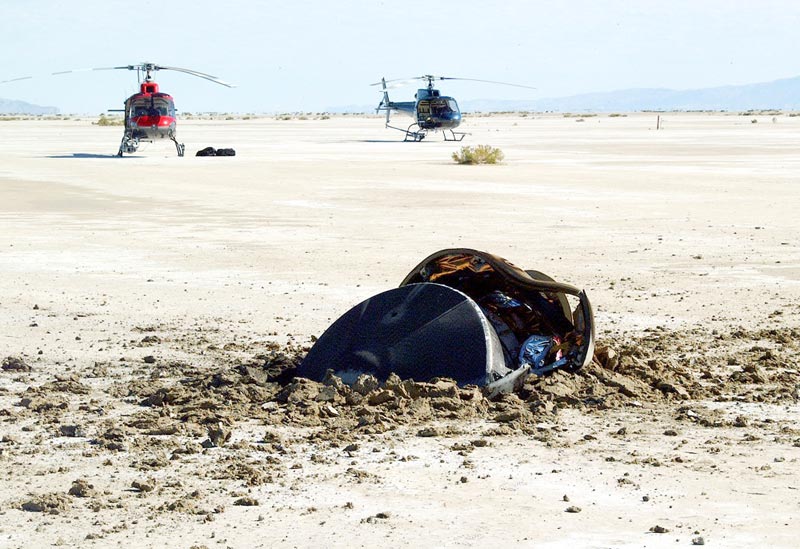The past few months I’ve been working with the Gemini Observatory, doing a series of interesting and absorbing projects for their outreach team. These range from science reports and newsletters to press release edits and consultations. A couple of weeks ago they sent me this great image of members of Stephan’s Quintet, a troupe of five galaxies that lies about 300 million light-years away. What we see here tells an interesting tale of galactic intrigue.

Some members of the group are interacting with each other, tearing huge swaths of gas and stars away from each other in a sort of cosmic dance. One thing that really stands out in this image is a collection of brilliant red clumps in the spiral galaxy NGC 7320 (just above the center of the image). These are star-forming regions as seen with the help of a special filter.
This galaxy may or may not be part of the Quintet—its relation to the other galaxies in the cluster is the subject of some controversy. Most astronomers now think that NGC 7320 is quite some distance away from the others. Spectroscopic data show its apparent velocity away from us at around 800 kilometers per second. The rest of the group is moving away from us (through the expansion of the universe) at over 6,000 kilometers per second. This puts the the other galaxies in the cluster almost 8 times farther away from us than the brilliantly-lit spiral.
The interacting members of Stephan’s Quintet will continue their dance for millions of years, but eventually they will combine into a different, smaller set of objects than we see today.

